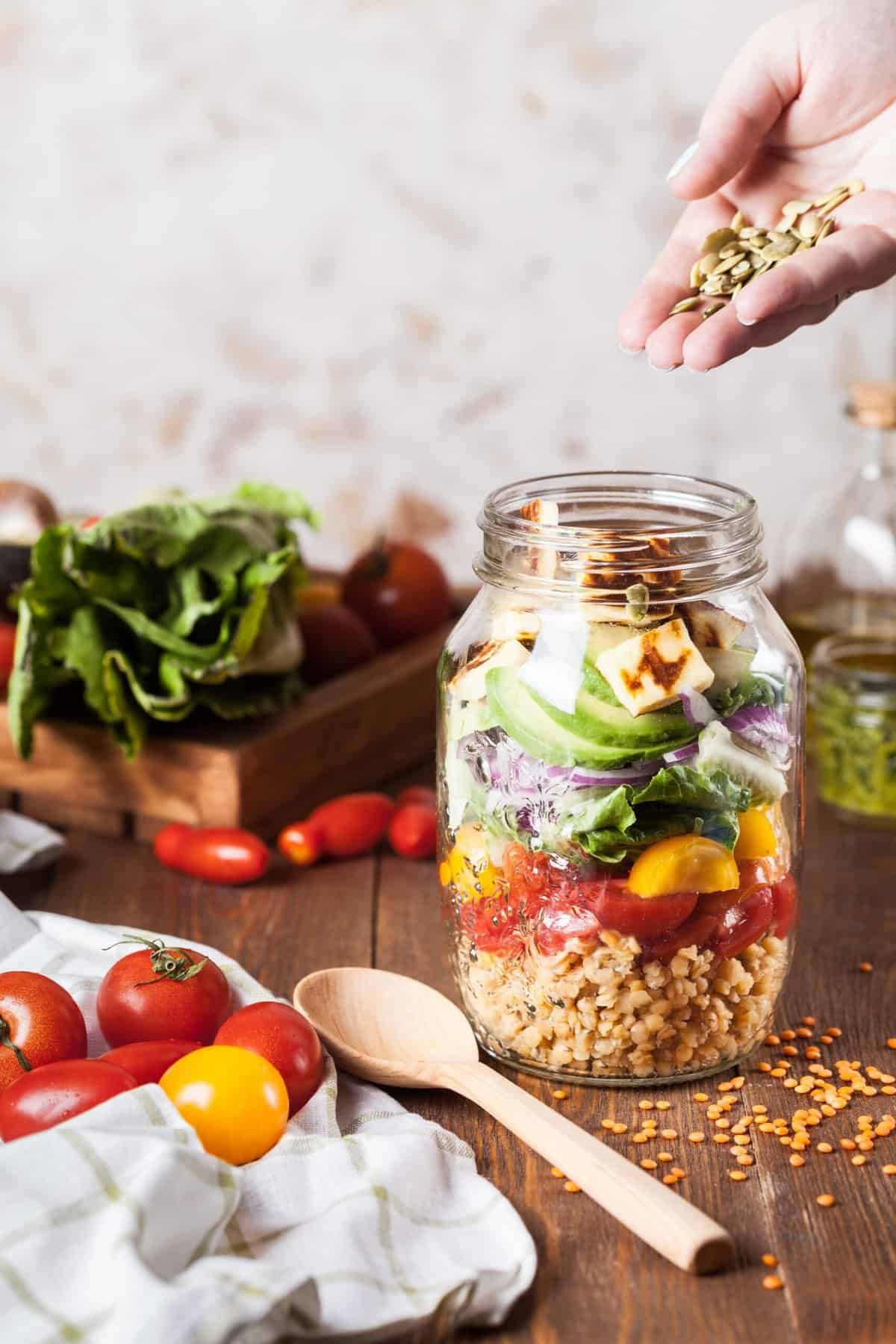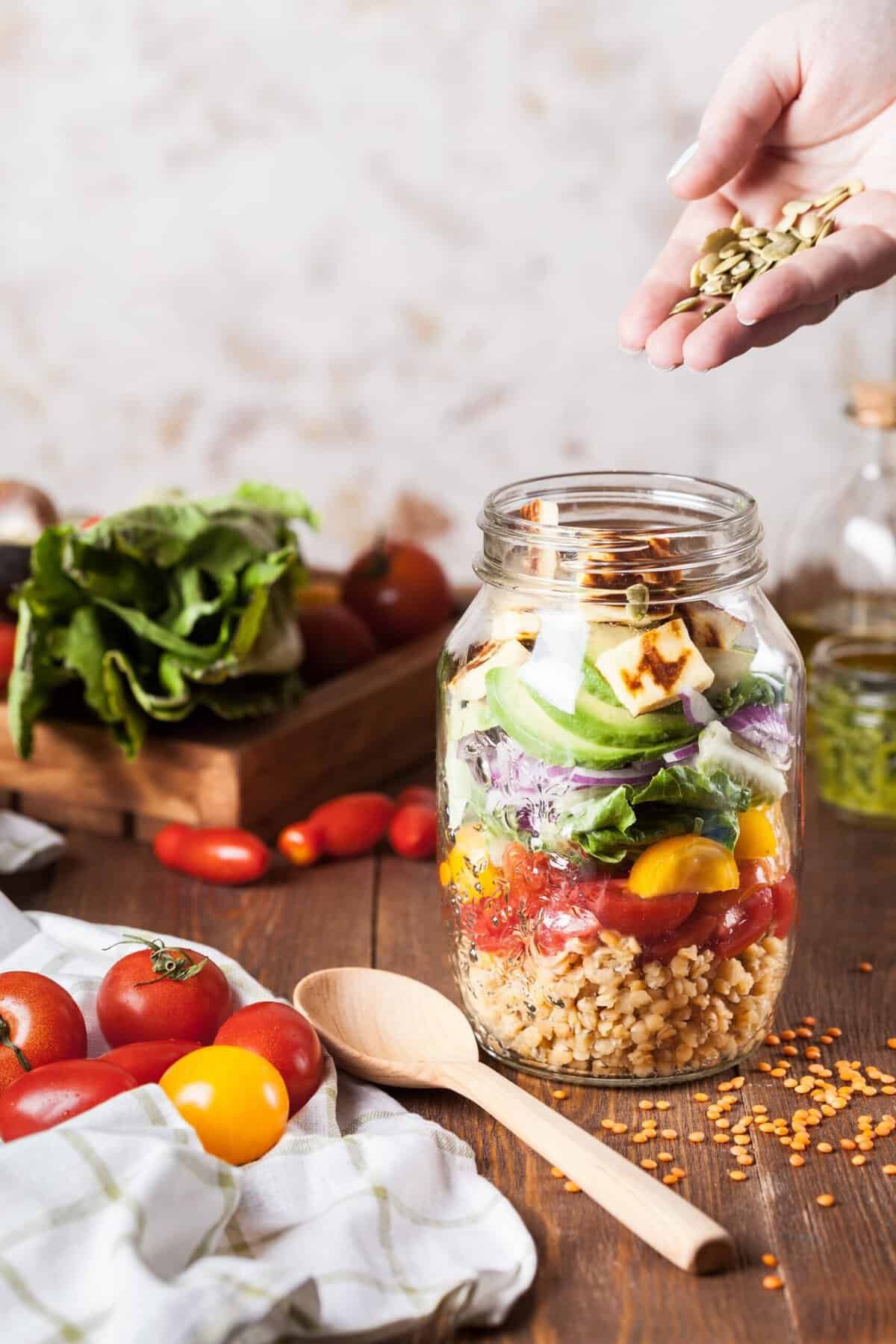You’ve come across a bag of dried nopal and now you’re wondering how to prepare it for your favorite recipes. Whether you’re a seasoned cook or a curious beginner, this article will guide you through the simple steps of preparing dried nopal, unlocking a world of culinary possibilities. From rehydration methods to flavor enhancements, you’ll be armed with the knowledge to transform this versatile ingredient into a delicious addition to your meals. So, let’s grab that bag of dried nopal and get ready to embark on a culinary adventure!
Choosing and Buying Dried Nopal
Quality of Dried Nopal
When it comes to choosing and buying dried nopal, the quality of the product is of utmost importance. Look for dried nopal that is vibrant green in color and free from any discoloration or dark spots. The thorns should be removed, and the leaves should be intact and not crushed. Opt for organic dried nopal whenever possible to ensure that it is free from any pesticides or chemicals. Additionally, it is recommended to purchase dried nopal from trusted sources and reputable brands to ensure the highest quality.
Finding Dried Nopal
Finding dried nopal may seem like a daunting task, but there are several avenues you can explore. One option is to visit your local ethnic grocery stores or Mexican markets, as they often carry a wide selection of dried nopal. Additionally, you can check online retailers or specialty food stores that cater to international ingredients. Don’t be afraid to ask for recommendations from friends or fellow food enthusiasts who have experience in cooking with dried nopal. Their insights can lead you to the best places to find this versatile ingredient.
Buying Dried Nopal
When buying dried nopal, it’s essential to consider your specific needs and preferences. Determine the quantity you require for your recipes and ensure that the packaging provides enough dried nopal to meet your needs. Pay attention to the expiration or best before date to ensure that you are buying a fresh product with a longer shelf life. Comparing prices is also important to get the best value for your money, but remember to prioritize quality over price to ensure the best culinary experience.
Rehydrating Dried Nopal
Soaking Dried Nopal
Rehydrating dried nopal is a crucial step to restore its natural texture and tenderness. To soak dried nopal, start by placing the desired amount in a bowl or container and cover it with enough water to completely submerge the pieces. Allow the nopal to soak for at least 6 to 8 hours or overnight to ensure optimal rehydration. It’s important to use clean water to avoid any contamination and to change the water halfway through soaking to remove any residual dirt or debris.
Determining Soaking Time
The soaking time for dried nopal depends on personal preference and the intended use of the rehydrated nopal. For a more tender and less chewy texture, soaking for a longer period, such as 12 to 24 hours, is recommended. However, if you prefer a slightly firmer texture, a shorter soaking time of 6 to 8 hours might be more suitable. Experiment with different soaking times to find the perfect balance of texture and taste that suits your culinary needs.
Draining and Rinsing Dried Nopal
Once the dried nopal has been soaked for the desired amount of time, it is crucial to drain and rinse it thoroughly before cooking. Using a colander or sieve, strain the soaked nopal and run it under cool water to remove any remaining slime or residue. Gently shake off any excess water and pat the nopal dry with a clean kitchen towel or paper towels. The drained and rinsed nopal is now ready to be cooked using various methods and incorporated into different recipes.

Cooking Methods for Rehydrated Dried Nopal
Boiling Dried Nopal
Boiling rehydrated dried nopal is a simple and effective method of cooking that helps to further tenderize the cactus leaves while preserving their natural flavors. To boil dried nopal, place the drained and rinsed nopal in a large pot filled with water. Bring the water to a boil and let the nopal cook for approximately 20 to 30 minutes or until it reaches the desired tenderness. Once cooked, drain the nopal and rinse it with cold water to stop the cooking process. Boiled dried nopal can be used in various recipes, ranging from salads to soups and stews.
Steaming Dried Nopal
Steaming rehydrated dried nopal is another fantastic cooking method that maintains the natural nutrients and flavors of the cactus leaves. To steam dried nopal, place a steamer basket in a pot filled with boiling water, ensuring that the water does not touch the nopal. Arrange the drained and rinsed nopal in the steamer basket and cover the pot with a lid. Allow the nopal to steam for approximately 15 to 20 minutes or until it is tender. Once steamed, remove the nopal from the steamer and let it cool before using it in various dishes.
Sautéing Dried Nopal
Sautéing rehydrated dried nopal is a popular method that adds a delicious depth of flavor while maintaining a pleasant texture. To sauté dried nopal, heat a tablespoon of oil, such as olive oil or vegetable oil, in a skillet or frying pan over medium heat. Add the drained and rinsed nopal to the pan and sauté for approximately 5 to 7 minutes, stirring occasionally, until the nopal becomes slightly softened and lightly browned. Sautéed dried nopal can be used as a side dish, incorporated into stir-fries, or even added to omelettes for a delightful twist.
Including Dried Nopal in Different Recipes
Salads
Dried nopal adds a unique and refreshing element to salads, making them more exciting and vibrant in both taste and appearance. After rehydrating and cooking the dried nopal using your preferred method, chop it into bite-sized pieces and combine it with a variety of fresh vegetables, such as tomatoes, cucumbers, and bell peppers. Toss the salad with a tangy vinaigrette or a squeeze of lime juice, and garnish it with herbs like cilantro or parsley for an irresistible and nutritious dish.
Stir-Fries
Dried nopal can bring an intriguing flavor and texture to stir-fries, complementing other ingredients and creating a well-rounded dish. Start by sautéing the rehydrated dried nopal with your favorite combination of vegetables and protein, such as mushrooms, bell peppers, and tofu or chicken. Add flavorful spices and sauces, like garlic, ginger, and soy sauce, to enhance the taste. Combine all the ingredients in the pan and stir-fry until cooked to perfection. Serve the stir-fry over steamed rice or noodles for a satisfying and wholesome meal.
Soups and Stews
Incorporating dried nopal into soups and stews adds a unique twist and enriches the overall flavor profile of the dish. After rehydrating and cooking the dried nopal, chop it into smaller pieces and add it to your preferred soup or stew recipe. Whether it’s a hearty vegetable soup or a comforting chicken stew, the addition of dried nopal will bring a delightful texture and taste. Allow the soup or stew to simmer for some time to allow the flavors to meld together, and enjoy a comforting and nourishing bowl of goodness.

Dried Nopal Storage and Shelf Life
Proper Storage Conditions
To ensure the longevity and quality of dried nopal, it’s essential to store it correctly. Place the dried nopal in an airtight container or resealable bag and store it in a cool, dry, and dark place. Avoid exposing the dried nopal to direct sunlight or moisture, as it can lead to spoilage or loss of flavor. Stored properly, dried nopal can maintain its quality for up to a year, allowing you to enjoy its culinary benefits whenever you desire.
Shelf Life of Dried Nopal
The shelf life of dried nopal can vary depending on several factors, including the storage conditions and the initial quality of the product. When stored correctly, dried nopal can retain its optimal quality for up to a year. However, it’s essential to regularly check the dried nopal for any signs of spoilage, such as an off smell, mold, or discoloration. If you notice any of these signs, it’s best to discard the dried nopal to avoid any potential health risks.
Tips and Tricks
Adding Flavors to Rehydrated Dried Nopal
While dried nopal has its unique taste, you can elevate its flavors by incorporating various spices and seasonings. After rehydrating and cooking the dried nopal, consider adding ingredients such as garlic, cumin, chili powder, or oregano to enhance its taste. Additionally, a squeeze of lime or lemon juice can bring a refreshing acidity to balance the flavors. Don’t be afraid to experiment with different flavor combinations to create exciting and delicious dishes featuring dried nopal.
Blanching Dried Nopal for Reduced Sliminess
If you prefer a less slimy texture in your rehydrated dried nopal, blanching can be an effective technique. To blanch dried nopal, bring a pot of water to a boil and add the drained and rinsed nopal. Let it boil for 2 to 3 minutes, then remove the nopal and transfer it to a bowl of ice water to cool rapidly. This quick blanching process helps reduce the slime content, resulting in a firmer and less slimy texture. Blanching is particularly useful when using dried nopal in salads or recipes where a slimy texture might be less desirable.

Health Benefits of Dried Nopal
Rich in Fiber and Antioxidants
Dried nopal is an excellent source of dietary fiber, which plays a vital role in promoting healthy digestion and maintaining bowel regularity. Its high fiber content can help prevent constipation and reduce the risk of digestive issues. Additionally, dried nopal contains antioxidants, such as vitamin C and beta-carotene, which help protect the body against cellular damage caused by harmful free radicals.
Low in Calories and Fat
For those watching their calorie intake or trying to maintain a healthy weight, dried nopal is a great choice. It is naturally low in calories and fat, making it a guilt-free addition to your meals. Whether you’re enjoying it in salads, stir-fries, or soups, dried nopal can provide essential nutrients without contributing excessive calories or unhealthy fats to your diet.
Potential Blood Sugar Control
Studies suggest that consuming dried nopal may have potential benefits for blood sugar control, particularly for individuals with diabetes or those at risk of developing the condition. The fibrous nature of dried nopal can slow down the absorption of glucose in the digestive system, helping to regulate blood sugar levels and prevent spikes. However, it’s important to consult with a healthcare professional or registered dietitian for personalized advice and guidance regarding the management of blood sugar levels.
Cautions and Considerations
Potential Allergic Reactions
While dried nopal is generally considered safe for consumption, it can trigger allergic reactions in some individuals. If you have a known allergy to cactus or other related plants, it’s important to avoid dried nopal or any products containing nopal. Additionally, if you experience any unusual symptoms, such as itching, swelling, or difficulty breathing after consuming dried nopal, seek immediate medical attention.
Not Suitable for Everyone
Although dried nopal offers numerous health benefits, it may not be suitable for everyone. Individuals with certain medical conditions, such as kidney problems or gastrointestinal disorders, should exercise caution when incorporating dried nopal into their diet. Furthermore, pregnant or breastfeeding women should consult with a healthcare professional before consuming dried nopal to ensure it is safe for their specific situation.
Consult with a Healthcare Professional
Whenever considering significant dietary changes or introducing new ingredients like dried nopal into your diet, it is always advisable to consult with a healthcare professional or a registered dietitian. They can provide personalized recommendations based on your health profile, existing medical conditions, and specific nutritional needs. Their guidance will ensure that you make informed choices and receive the maximum benefits from dried nopal while minimizing any potential risks.
Traditional Culinary Uses of Dried Nopal
Mexican Cuisine
In Mexican cuisine, dried nopal, commonly known as “nopalitos,” holds a revered place. It is a staple ingredient in traditional dishes such as tacos, enchiladas, and salsas. Dried nopal adds a unique texture and flavor to these dishes, bringing a delightful earthiness and tang. Whether served as a side dish or incorporated as a main ingredient, dried nopal gives Mexican recipes an authentic and vibrant touch.
Native American Cuisine
Native American cuisine also embraces the use of dried nopal, utilizing its nutritional benefits and versatility in various traditional recipes. The cactus leaves are often cooked and made into stews, sauces, or fillings for bread and tortillas. The rich history of dried nopal in Native American cuisine celebrates the indigenous traditions and agricultural heritage of these communities, making it an integral part of their culinary identity.
Conclusion
The versatility of dried nopal makes it an exciting addition to your culinary repertoire. From choosing and buying high-quality dried nopal to rehydrating and cooking it using various methods, the possibilities are endless. Whether you prefer to enjoy dried nopal in salads, stir-fries, soups, or traditional Mexican and Native American dishes, it is sure to bring a unique and nutritious element to your meals. So go ahead, grab some dried nopal, and embark on a delicious journey of experimenting and exploring the vibrant flavors and health benefits this remarkable ingredient has to offer.

